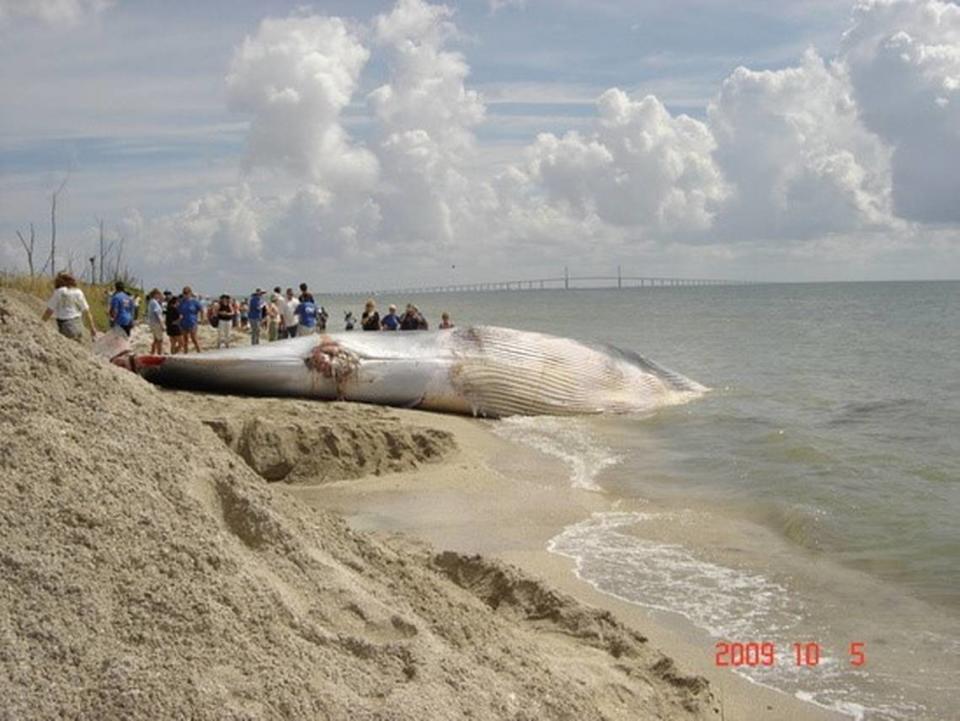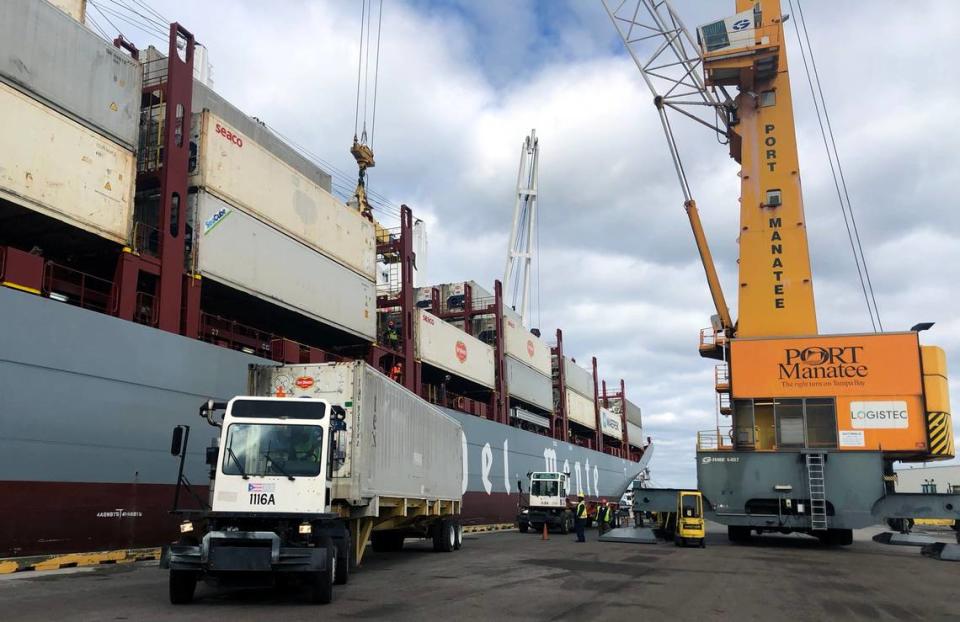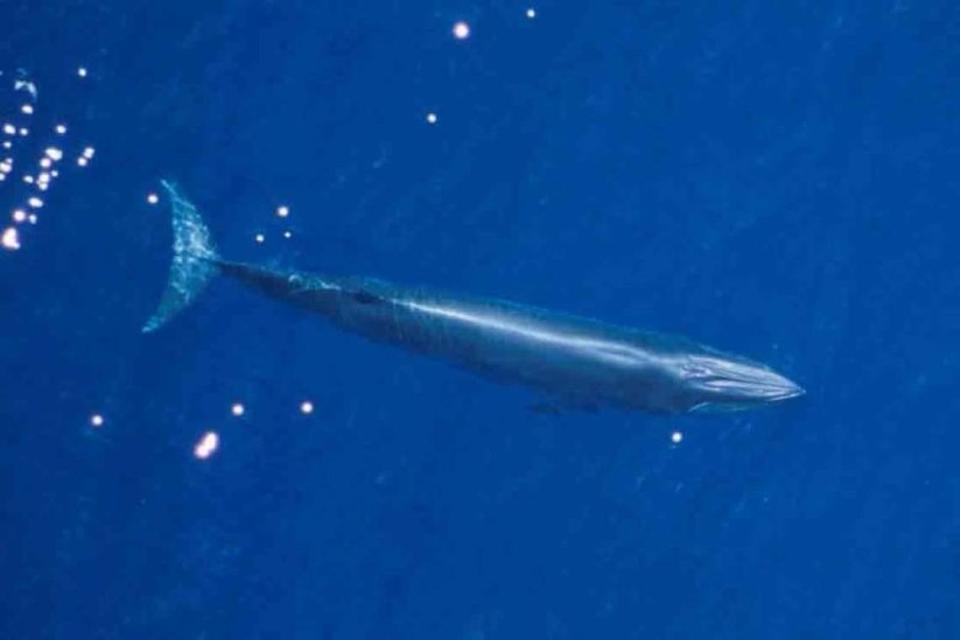Why an endangered creature in the Gulf of Mexico is scaring four Florida seaports
The Florida Ports Council is strongly reacting to a whale protection rule proposed by the National Oceanic and Atmospheric Association, saying it would disrupt operations at four Florida west coast ports.
The ports are SeaPort Manatee, Port Tampa Bay, Port Panama City and Port of Pensacola.
In 2019, NOAA listed Gulf of Mexico Bryde’s whales as endangered under the Endangered Species Act.
The whale, pronounced “Broo-dus,” is at risk of extinction due to its small population size, restricted range and several major threats.
The Gulf of Mexico Bryde’s whales are the only known resident baleen whales in the Gulf of Mexico. Experts estimate fewer than 100 are left, NOAA said.
NOAA’s proposal calls for eliminating all nighttime vessel traffic, and significantly reducing daytime vessel speeds, said Mike Rubin, president and CEO of the Florida Ports Council, a nonprofit that serves as the professional association for Florida’s 15 public seaports.

The proposed rule would only affect Florida’s west coast ports, and not those in other Gulf states, although the Bryde’s whales are found in waters from Florida to Texas, he said.
“It’s as if NOAA wants Florida to hang up a closed for business sign,” Rubin said.
Dave Sanford, deputy executive director of SeaPort Manatee, shares Rubin’s concerns.
“We were made aware of this two weeks ago by the Florida Ports Council and are fully supportive of the position they have taken,” Sanford said.

“SeaPort Manatee and Port Tampa Bay are two of only four fuel ports in Florida. It would be extremely difficult for us to accommodate all our ship traffic only in daylight hours,” Sanford said.
In a phone interview with the Bradenton Herald, Rubin called the NOAA study “speculative,” and said that the ports council is doing its best to make its position known.
“Implicit in the federal government’s call for eliminating nighttime vessel traffic and reducing daytime vessel speeds only in Florida between Pensacola and Tampa Bay, is an uninformed assertion that Florida’s seaports have limited operations and shutting them down would not harm the supply chain in Florida or the broader United States,” the ports council said.
NOAA did not immediately respond to the Bradenton Herald’s request for comment.

What the ports council wants
The ports council has requested that NOAA rescind its proposed rule, and take action to work with ports, the maritime industry and others to determine the effect any proposal would have on ports and the communities they serve.
Port Tampa Bay handled cargo with an economic value of $17 billion in fiscal year 2022. More than 6,400 ships called on the port in during 2022. That’s 17-plus ships each day. All vessels traveled at night in the Gulf of Mexico for part of their transit.
At SeaPort Manatee, it’s estimated that 33.4% of its ship traffic, reflecting a $1.7 billion value, will be affected by this proposed rule. Annually, 325 cargo vessels call on the port, representing 33.4 percent of all ship traffic.
Gulf of Mexico Bryde’s whales
“This is one of the most endangered marine mammal populations in the world,” Chris Oliver, assistant administrator for NOAA Fisheries, said in 2019. “Survival of the species depends upon applying the full protections afforded under the Endangered Species Act.”
Whalers documented and observed this species in the Gulf of Mexico as far back as the late 1700s. However, since the 1990s, Bryde’s whales have been consistently detected only within a small area along the De Soto Canyon shelf break in the northeastern Gulf of Mexico, according to NOAA.
This species is genetically distinct from the other two subspecies of Bryde’s whales worldwide, NOAA said.
A 41-foot-whale found floating in the Port of Tampa was killed by a ship in the Gulf of Mexico, The Associated Press reported in 2009.
NOAA’s Blair Mase said the wounds on the female Bryde’s whale indicate that it was killed by a ship and carried into port, draped across the freighter’s bow, the AP reported.
This species has primarily been found in this very small area in the Gulf, even though historical whaling records suggest their range may have been much broader, encompassing the north-central and southern Gulf of Mexico, NOAA said.
